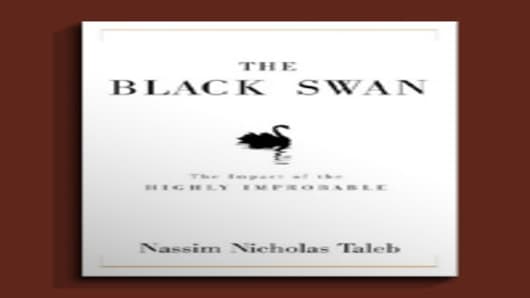“The market decline in 2000, the mortgage bust, the stock market decline in ’08 and ’09 are supposed to be one-in-a hundred-year events and they’re occurring a lot more regularly. So I think we have to figure out how to rephrase it.”
Whatever you want to call it—a Gray Goose, like the vodka?—the perils for unprepared investors are severe.
The problem is, when these events happen, investors often can’t get out of their own way, zigging when they should zag and zagging when they should zig.
“It comes down to two things: Monitoring your risk-reward and also understanding the behavioral aspects of investing,” Flam says. “Your own psychology is going to be your own worst enemy. You’re going to want to invest when you’re most comfortable with what’s going on around you, and then the stocks have priced that in. You’re not going to want to in invest in times of uncertainty, and that’s usually the best time to be investing.”
From Taleb’s view, the best investment strategy is to construct a portfolio filled with mostly safe investments such as government bonds and the like, with a much smaller portion dedicated to risk in options.
“You always have to be focused on not just the upside but the downside as well when investing,” Flam says. “‘Margin of safety’ is what the value investors call it.’”
Protests and government overthrows in the Middle East first upset the market’s rally off the March 2009 lows back in February, and the earthquake and tsunami in Japan—both “highly improbable events”—have caused havoc with investor psychology in recent days.
Reaction, though, has been predictable. Investors have shed risk assets like stocks and have flocked toward the safety of US Treasurys.
That could be a precisely the wrong reaction.
“It’s a buying opportunity here, actually,” says Michael Cohn, chief investment strategist at Global Arena Investment Management in New York. “This is an opportunity to kind of shuffle things around and buy things that are going down."
Not exactly the Taleb strategy, but there is a protection element to it.
Cohn relies on 13 years in derivative trading to use covered calls to limit downside, not a foolproof strategy, to be sure, but one that at least braces for the probability of the improbable.
Strategists at Bank of America Merrill Lynch also are counseling clients to avoid panic selling, saying the strategy of dumping stocks in turbulence and then buying back 20 days later has only worked once—during the 1987 Black Monday crash, which was, yes, another Black Swan.
“Although this strategy helps to avoid many of the market’s worst performance periods, it usually significantly underperforms a simpler strategy of just staying invested,” chief US equity strategist David Bianco said in a research note for clients. “This is because it also misses the best days, which tend to closely follow the worst days.”
After all, nobody said a Black Swan had to be a bad thing.
_________________________________________
Questions? Comments? Email us at NetNet@cnbc.com
Follow Jeff @ twitter.com/JeffCoxCNBCcom
Follow NetNet on Twitter @ twitter.com/CNBCnetnet
Facebook us @ www.facebook.com/NetNetCNBC




